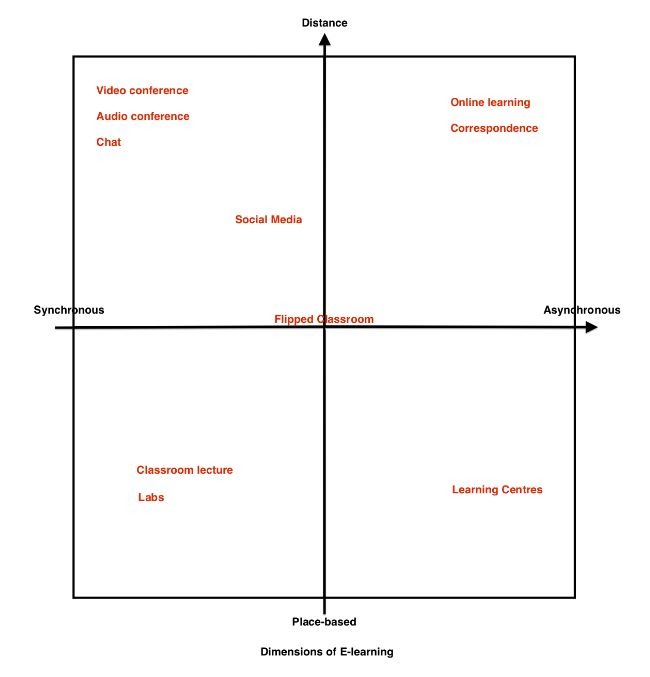Главна
Technology is changing the way we do nearly everything, from driving our cars to experiencing (virtual) reality, right down to the way we learn and teach.
Find selected articles and webinars that dives into the e-learning waters by addressing a spectrum of issues including the nature of e-learning, the role of technologically-informed teaching and learning in library work, and the resources that are needed to make e-learning happen.
Available only in English.
Source: https://open-shelf.ca/180703-continuum-e-learning-libraries
E-learning: From replacing some face-to-face teaching to replacing it all
Relationship between e-learning and distance education
It’s also important to understand the relationship between e-learning and distance education. These days distance education is primarily delivered online but historically it has used other technologies and there is still a considerable amount of distance education that would not be considered e-learning. So there is what we could call blended e-learning in which there are some face-to-face sessions but most of the learning is done online, and there is distance education e-learning in which all teaching and learning is done without teacher and learners ever meeting face-to-face. And there is distance education that is primarily print-based and would not be considered e-learning.
But the single e-learning continuum doesn’t capture e-learning fully and it may be more helpful to think about it in terms of two critical dimensions, each with its own continuum: distance and synchronicity. The distance continuum spans place-based learning and teaching to fully distance teaching and learning and the synchronicity continuum spans real-time interaction to completely asynchronous interaction. If we think about these as two axes on a graph we can then place the different implementations and applications of e-learning on it (see below).

Kasey (Mallen) Whalley (KMW)
The graphic above is a fantastic way to understand the complexities of defining e-learning. For public school libraries, and some academic libraries, encountering all or none of these implementations and applications is an ongoing reality—it creates a trend of defining e-learning by the shape it takes in our schools. If school and academic libraries look at the whole e-learning picture, they can get lost in what could be and not what is e-learning at their institution. This means, for some school and academic libraries, e-learning is defined by the digital tools and applications through which it happens: The learning management system, the online forums, or the digital literacy initiatives happening in individual schools.
E-learning becomes contextualized, and libraries work with the teachers to support e-learning as it exists in their educational institution. This doesn’t mean, however, that library professionals are blind to the possibilities of e-learning, as many of us work to be knowledgeable about the big e-learning picture, and support new e-learning initiatives brought forth in our schools.
